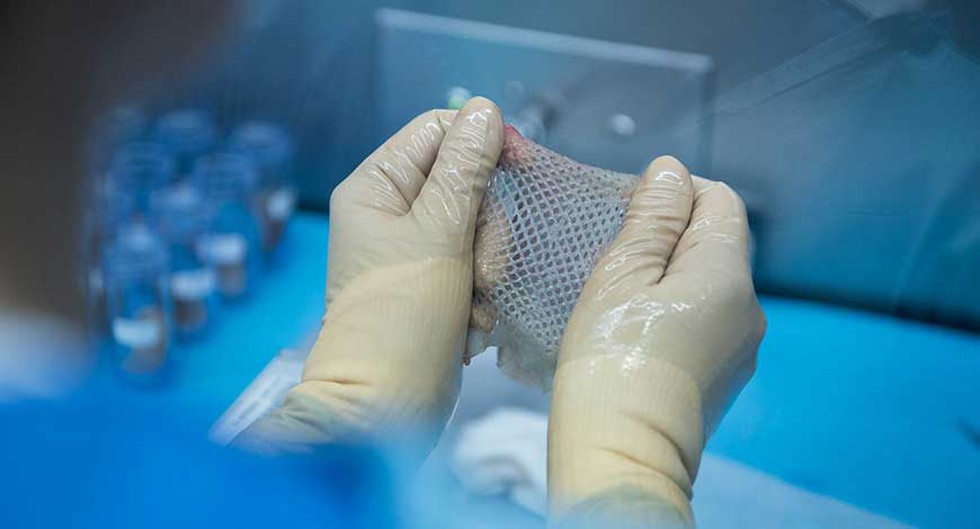About Indian Army’s Skin Bank:
- It was launched to help treat severe skin burn injuries and other skin-related conditions for service personnel and their families.
- The first-of-its-kind facility established in the Armed Forces Medical Servicesis staffed with trained medical professionals, including plastic surgeons, tissue engineers, and specialised technicians.
- It will serve as a centralised hub for the collection, processing, storage, and distribution of skin grafts, providing a "critical resource" for military medical centres across the country.
- What is a Skin Bank?
- A skin bank is a facility where skin is taken from an eligible donor, and processed, and stored under appropriate temperature for up to five years.
- Skin from a deceased person can be donated within six hours after death.
- Anyone can donate skin, irrespective of sex and blood group. The donor's minimum age should be 18 years.
- The skin of persons suffering from AIDS, Hepatitis B & C, Sexually Transmitted Diseases, Skin Cancer, Active skin Disease and Septicemia are considered unfit for donation.
- This donated skin is then collected and processed over five to six weeks and frozen until it's needed.
- The skin is generally preserved in 85% glycerol solution. It is stored between 4-5 degrees Celsius for up to 5 years.
- When a burn victim requires skin for their injuries, a surgical procedure called skin grafting is conducted.
- What is Skin Grafting?
- It is a simple process when a piece of healthy skin is transplanted to a different area of the body where the skin is damaged or missing.
- There are two main types of skin grafts: autograft (skin is taken from another part of the patient's own body) and allograft (skin is taken from a donor, often sourced from a skin bank).
- Any skin can be used on anybody, and within two to three weeks post-grafting, the doctors can determine whether the patient is accepting it or not.
